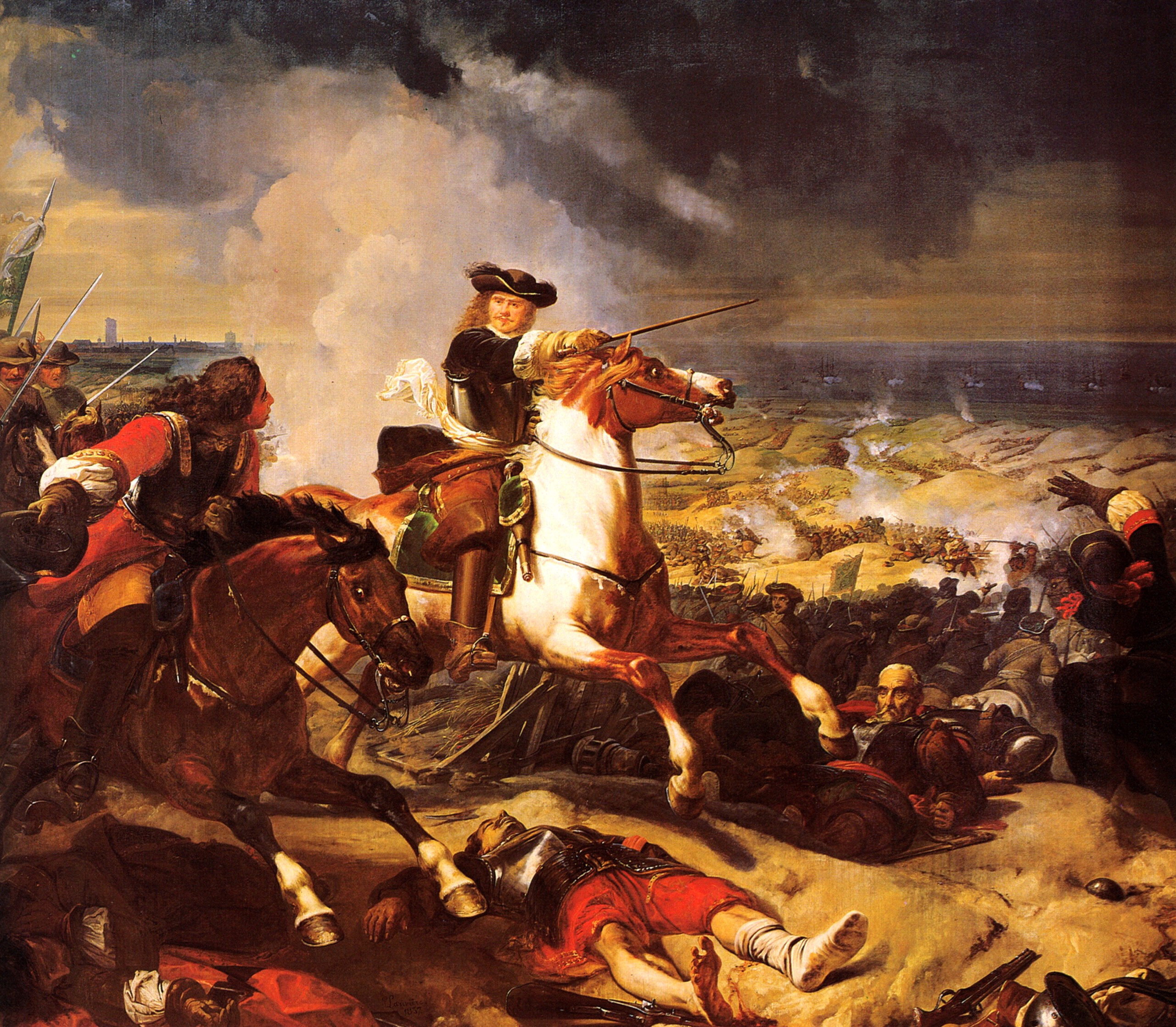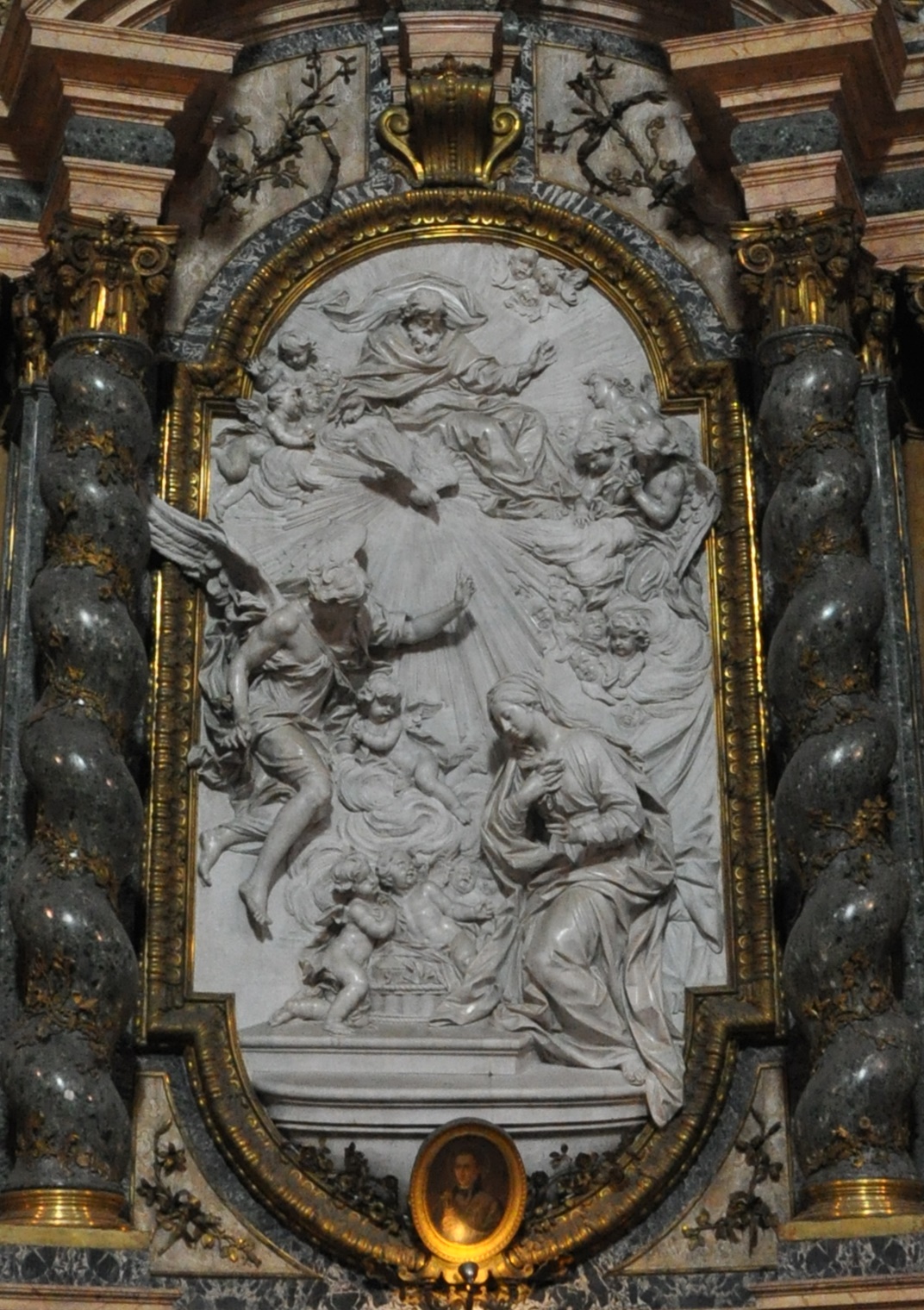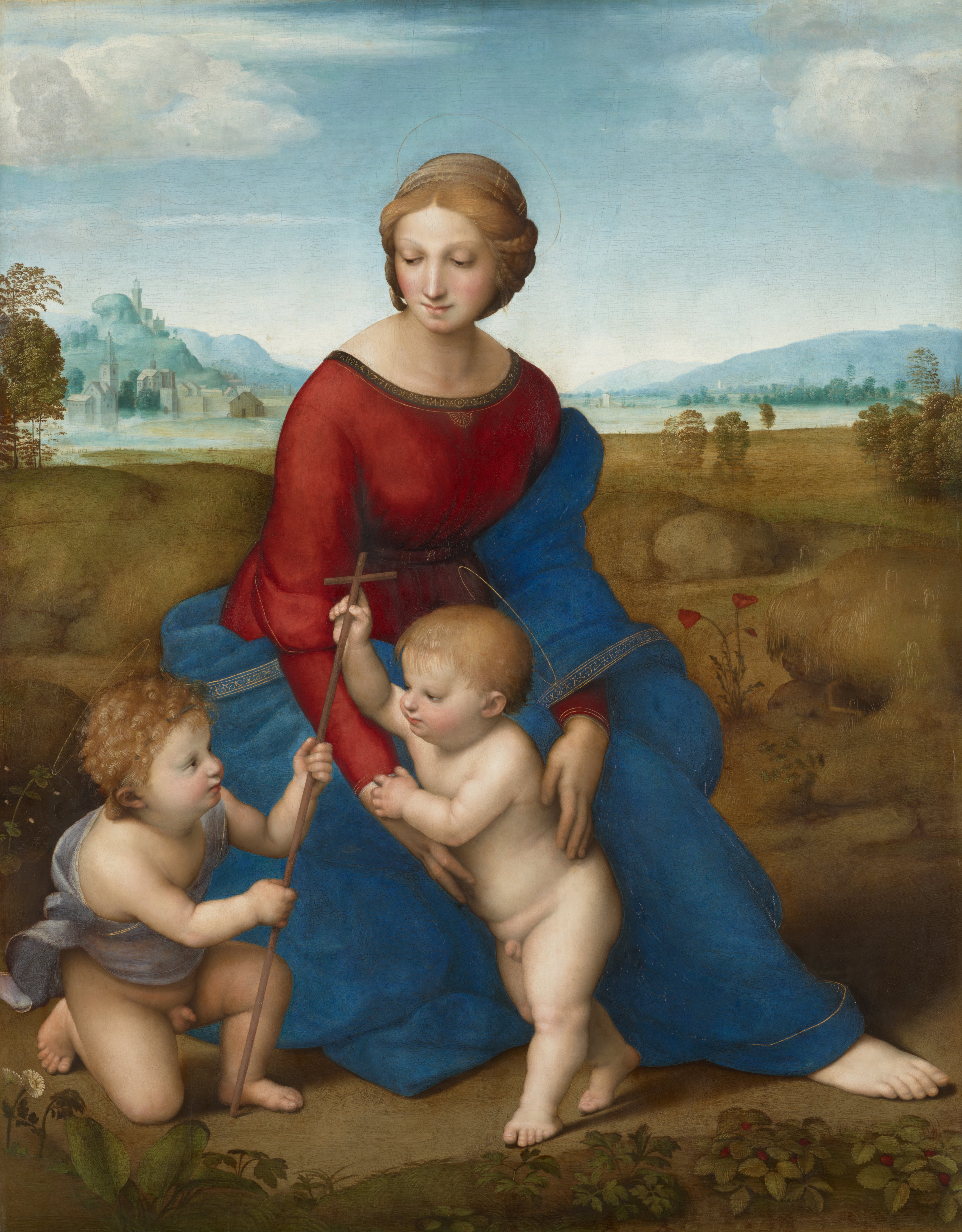|
Camillo Rusconi
Camillo Rusconi (14 July 1658 – 8 December 1728) was an Italian sculptor of the late Baroque in Rome. His style displays both features of Baroque and Neoclassicism. He has been described as a Carlo Maratta in marble. Biography Initially trained in his hometown of Milan with Giuseppe Rusnati. By 1685-1686, he had moved to Rome and into the studio of Ercole Ferrata, who died within a year or two of his arrival. Rusconi's talent attracted commissions, for example, for plaster allegorical statues depicting four virtues (prudence, justice, temperance, and strength) for the Ludovisi chapel in the church of Sant'Ignazio. He then worked alongside Le Gros in sculpting angels for the tympanum of the altar of ''Saint Ignatius'' at the Church of the Gesù. Camillo’s masterpieces are the four larger-than-life apostles (''Matthew'', ''James the Great'', ''Andrew'', and ''John'') completed during 1708-1718 for the niches of the Archbasilica of St. John Lateran (San Giovanni in Laterano). ... [...More Info...] [...Related Items...] OR: [Wikipedia] [Google] [Baidu] |
Matthaeus San Giovanni In Laterano 2006-09-07
Matthaeus (also Matthæus) is a given name, the Latin form of Matthew. Notable people with the name include: * Matthaeus Greuter (1564–1638), German etcher and engraver who worked in Rome * Matthaeus Pipelare (c. 1450 – c. 1515), Netherlandish composer, choir director, and possibly wind instrument player of the Renaissance * Matthaeus Platearius (12th century), physician from the medical school at Salerno * Matthaeus Silvaticus (c. 1280 – c. 1342), Latin medical writer and botanist * Matthæus Yrsselius Matthæus Yrsselius or Irsselius, the Latinized form of Mattheus van Iersel (1541–1629), was abbot of St. Michael's Abbey, Antwerp, from 1614 until his death. He was remembered as a patron of the arts and sciences. Patronage In 1624 he commis ... (1541–1629), abbot of St. Michael's Abbey, Antwerp from 1614 until his death {{given name Latin masculine given names ... [...More Info...] [...Related Items...] OR: [Wikipedia] [Google] [Baidu] |
San Silvestro In Capite
The Basilica of Saint Sylvester the First, also known as ( it, San Silvestro in Capite, la, Sancti Silvestri in Capite), is a Roman Catholic minor basilica and titular church in Rome dedicated to Pope Sylvester I (d. AD 335). It is located on the Piazza San Silvestro, at the corner of Via del Gambero and the Via della Mercede, and stands adjacent to the central Post Office. Built in the 8th century as a shrine for the relics of the saints and martyrs from the Catacombs, the church is the national church of Great Britain. The Latin words "in capite" refers to the canonical title of Pope Sylvester the First, to which ''in capite'' means ''in First, in Chief, or in Head''. The basilica is also famous for a relic, a fragment of a head purported to be that of John the Baptist, kept in a chapel to the left of the entrance. A second Roman church dedicated to Pope Sylvester I is San Silvestro al Quirinale. The current Cardinal-Priest is Louis-Marie Ling Mangkhanekhoun, Apostolic Vica ... [...More Info...] [...Related Items...] OR: [Wikipedia] [Google] [Baidu] |
1728 Deaths
Seventeen or 17 may refer to: * 17 (number), the natural number following 16 and preceding 18 * one of the years 17 BC, AD 17, 1917, 2017 Literature Magazines * ''Seventeen'' (American magazine), an American magazine * ''Seventeen'' (Japanese magazine), a Japanese magazine Novels * ''Seventeen'' (Tarkington novel), a 1916 novel by Booth Tarkington *''Seventeen'' (''Sebuntiin''), a 1961 novel by Kenzaburō Ōe * ''Seventeen'' (Serafin novel), a 2004 novel by Shan Serafin Stage and screen Film * ''Seventeen'' (1916 film), an American silent comedy film *''Number Seventeen'', a 1932 film directed by Alfred Hitchcock * ''Seventeen'' (1940 film), an American comedy film *'' Eric Soya's '17''' (Danish: ''Sytten''), a 1965 Danish comedy film * ''Seventeen'' (1985 film), a documentary film * ''17 Again'' (film), a 2009 film whose working title was ''17'' * ''Seventeen'' (2019 film), a Spanish drama film Television * ''Seventeen'' (TV drama), a 1994 UK dramatic short starring Christ ... [...More Info...] [...Related Items...] OR: [Wikipedia] [Google] [Baidu] |
1658 Births
Events January–March * January 13 – Edward Sexby, who had plotted against Oliver Cromwell, dies in the Tower of London. * January 30 – The " March Across the Belts" (''Tåget över Bält''), Sweden's use of winter weather to send troops across the waters of the Danish straits at a time when winter has turned them to ice, begins. Within 17 days, Sweden's King Karl X Gustav leads troops across the ice belts to capture six of Denmark's islands as Swedish territory. * February 5 – Prince Muhi al-Din Muhammad, one of the sons of India's Mughal, Emperor Shah Jahan, proclaims himself Emperor after Jahan names Muhi's older brother, Dara Shikoh, as regent, and departs from Aurangabad with troops. * February 6 – Swedish troops of Charles X Gustav of Sweden cross The Great Belt in Denmark, over frozen sea. * March 8 (February 26 OS) – The peace between Sweden and Denmark is concluded in Roskilde by the Treaty of Roskilde, under which ... [...More Info...] [...Related Items...] OR: [Wikipedia] [Google] [Baidu] |
Accademia Di San Luca
The Accademia di San Luca (the "Academy of Saint Luke") is an Italian academy of artists in Rome. The establishment of the Accademia de i Pittori e Scultori di Roma was approved by papal brief in 1577, and in 1593 Federico Zuccari became its first ''principe'' or director; the statutes were ratified in 1607. Other founders included Girolamo Muziano and Pietro Olivieri. The Academy was named for Luke the Evangelist, the patron saint of painters. From the late sixteenth century until it moved to its present location at the Palazzo Carpegna, it was based in an urban block by the Roman Forum and although these buildings no longer survive, the Academy church of Santi Luca e Martina, does. Designed by the Baroque architect, Pietro da Cortona, its main façade overlooks the Forum. History The Academy's predecessor was the ''Compagnia di San Luca'', a guild of painters and miniaturists, which had its statutes and privileges renewed at the much earlier date of 17 December 1478 b ... [...More Info...] [...Related Items...] OR: [Wikipedia] [Google] [Baidu] |
Filippo Della Valle
Filippo della Valle (26 December 1698 – 29 April 1768) was an Italian late- Baroque or early Neoclassic sculptor, active mostly in Rome. Biography Della Valle was born in Florence. Initially apprenticed with Giovanni Battista Foggini in Florence alongside Giovanni Battista Maini, he, and later Maini, moved to Rome to work with Camillo Rusconi. In 1725, della Valle won a contest of the Academy of St Luke together with Pietro Bracci, and was later to become the director or ''Principe'' of that group. In Rome, he worked with Bracci on Nicola Salvi's Trevi Fountain, where he completed the allegorical statues of ''Health'' and ''Abundance''. Della Valle masterpiece is his ''Annunciation'' relief (1750) for the church of Sant'Ignazio in Rome, a much more restrained and flatter relief than that of Bernardino Cametti's elaborate 1729 treatment of the same theme now at the Basilica of Superga. This reflected a Neoclassical influence beginning to affect Late Baroque Roman sc ... [...More Info...] [...Related Items...] OR: [Wikipedia] [Google] [Baidu] |
Giovanni Battista Maini
Giovanni Battista Maini (6 February 1690 – 29 July 1752) was an Italian sculptor of the Late- Baroque period, active mainly in Rome. He was born in Cassano Magnago in Lombardy, and died in Rome. He may have had contacts with Foggini in Florence. By 1708, he had moved to Rome where he joined the large studio of Camillo Rusconi, where he worked for over twenty years. Among his first commission was the execution in bassorilievo (relief) of the ''Glory of San Francesco'' for a Jesuit church of Madrid; however, the bassorilievo in stucco, likely originally a design by Rusconi, was never sculpted in marble. Like Rusconi, Maini always modelled his projects in stucco first. Maini collaborated in the decoration of the spandrels of the cupola of the Santi Luca e Martina. He worked in Sant'Agnese in Agone, where he executed the papal funerary monument to Innocent X (1729), likely based on Rusconi’s designs. For St. Peter’s Basilica, Maini carved large marble statues of ''St Fran ... [...More Info...] [...Related Items...] OR: [Wikipedia] [Google] [Baidu] |
Pietro Bracci
Pietro Bracci (1700–1773) was an Italian sculptor working in the Late Baroque manner. Biography He was born in Rome and became a student of Giuseppe Bartolomeo Chiari and Camillo Rusconi. His most familiar works are the colossal ''Oceanus'' or ''Neptune'' of the Trevi Fountain, Rome, after a ''modello'' by Giovanni Battista Maini, and four prominent tomb monuments in Rome. He sculpted the figures for the tomb of Benedict XIII (1734) in Santa Maria sopra Minerva, Rome, which was designed by the architect Carlo Marchionni, and for the tomb of Benedict XIV (1763–1770) in the Basilica of Saint Peter, completed with the help of his pupil Gaspare Sibilia. The third tomb at St Peter's on which he worked commemorates Maria Clementina Sobieski (1742), wife of the "Old Pretender", James Stuart, one of the Catholic Stuart claimants to the thrones of England, Scotland and Ireland. It is one of three monuments in St. Peter's dedicated to the deposed royal line of Stuart. The sculp ... [...More Info...] [...Related Items...] OR: [Wikipedia] [Google] [Baidu] |
Caesar Fabretti
Gaius Julius Caesar (; ; 12 July 100 BC – 15 March 44 BC), was a Roman general and statesman. A member of the First Triumvirate, Caesar led the Roman armies in the Gallic Wars before defeating his political rival Pompey in a civil war, and subsequently became dictator from 49 BC until his assassination in 44 BC. He played a critical role in the events that led to the demise of the Roman Republic and the rise of the Roman Empire. In 60 BC, Caesar, Crassus and Pompey formed the First Triumvirate, an informal political alliance that dominated Roman politics for several years. Their attempts to amass power as were opposed by the within the Roman Senate, among them Cato the Younger with the frequent support of Cicero. Caesar rose to become one of the most powerful politicians in the Roman Republic through a string of military victories in the Gallic Wars, completed by 51 BC, which greatly extended Roman territory. During this time he both invaded Britain a ... [...More Info...] [...Related Items...] OR: [Wikipedia] [Google] [Baidu] |
Kunsthistorisches Museum
The Kunsthistorisches Museum ( "Museum of Art History", often referred to as the "Museum of Fine Arts") is an art museum in Vienna, Austria. Housed in its festive palatial building on the Vienna Ring Road, it is crowned with an octagonal dome. The term ''Kunsthistorisches Museum'' applies to both the institution and the main building. It is the largest art museum in the country and one of the most important museums worldwide. Emperor Franz Joseph I of Austria-Hungary opened the facility around 1891 at the same time as the Natural History Museum, Vienna which has a similar design and is directly across Maria-Theresien-Platz. The two buildings were constructed between 1871 and 1891 according to plans by Gottfried Semper and Baron Karl von Hasenauer. The emperor commissioned the two Ringstraße museums to create a suitable home for the Habsburgs' formidable art collection and to make it accessible to the general public. The buildings are rectangular in shape, with symme ... [...More Info...] [...Related Items...] OR: [Wikipedia] [Google] [Baidu] |
Santa Maria Della Concezione Dei Cappuccini
Santa Maria della Concezione dei Cappuccini (Our Lady of the Conception of the Capuchins) is a Roman Catholic church located at Via Vittorio Veneto, 27, just north of the Piazza Barberini, in Rome, Italy. It was designed by architect Felice Antonio Casoni (1559-1634) and architect Michele da Bergamo (?-1641). Pope Urban VIII blessed its first stone on October 4, 1626, after which his Capuchin brother Cardinal Antonio Marcello Barberini began constructing it. Its first mass was held on September 8, 1630 and its construction was completed in 1631. It comprises a small nave and 10 side chapels.Rendina, Claudio (1999). Enciclopedia di Roma. Newton Compton. Artwork The right first chapel has a dramatic altarpiece of ''St. Michael the Archangel Defeating Satan'' (c.1635) by Guido Reni and ''Christ Mocked'' by Gerard van Honthorst. The right second chapel has ''The Transfiguration'' by Mario Balassi and ''Nativity'' (c. 1632) by Giovanni Lanfranco. The right third chapel has ' ... [...More Info...] [...Related Items...] OR: [Wikipedia] [Google] [Baidu] |






